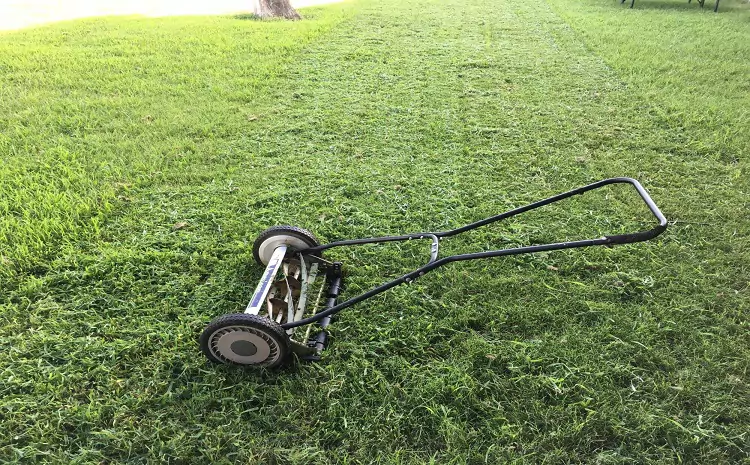Anyone who has invested time and effort into achieving a luscious, green lawn knows the constant battle against weeds. Weeds are pesky invaders that can quickly overtake your well-manicured turf if not kept in check. But did you know that a beautiful lawn is not just a matter of pulling weeds or applying herbicides?
It’s about adopting a comprehensive approach to lawn care and weed treatment by promoting vigorous and robust turf. Read on.
The Importance of Regular Mowing and Edging
One of the foundational acts of lawn maintenance and lawn care weed control is regular mowing. Efficiently cutting your grass not only gives it a neat, uniform appearance but also helps to deter weed growth. When the grass is mowed at a proper height, it develops a stronger root system that can outcompete weeds for water and nutrients.
Edging, which involves creating a distinct separation between your lawn and other areas, is also crucial. This not only enhances the aesthetic appeal of your yard but also helps to prevent grass from spreading into flower beds and other areas where you don’t want it to grow. Check out Heavvenly’s Lawn Care to learn more about lawn care and landscaping.
Aeration and Proper Irrigation
Compacted soil can lead to poor grass growth and weak turf. Regular aeration, which involves perforating the soil with small holes to allow air, water, and nutrients to penetrate the grass roots, is a vital step in maintaining a healthy lawn. It’s useful for post-emergent weed killers.
Conversely, overwatering can wash away the plant’s nutrients, leaving it weak and more susceptible to weed invasion. Ensuring your lawn is receiving the right amount of water – typically 1-1.5 inches per week – encourages deep root growth and can help prevent weed seeds from germinating.
Fertilization for the Win
Nutrient-rich soil is a key fighter in the battle against weeds. Proper fertilization strengthens the turf, making it more resilient and less inviting to weeds. Understanding the nutritional needs of your grass species is important.
Most lawns benefit from a fertilizer that contains a balanced ratio of nitrogen, phosphorus, and potassium. Slow-release fertilizers are also a great way to ensure your lawn gets the nutrients over a more extended period, promoting steady grass growth without the surge in weed growth that can accompany fast-release fertilizers. The best commercial weed killer is one that allows plants to grow while kilning toxic weeds.
Weed Spot Treatment and Resilience
Despite your best efforts, weeds may still find their way into your lawn. When this happens, it’s important to treat them early and often. Spot-treating weeds with herbicides can be an effective strategy for weed control without harming your grass.
It’s a targeted approach that minimizes the use of chemicals on your lawn while still addressing the weed problem. Additionally, maintaining a resilient lawn that can quickly fill in any bare spots left by removed weeds is crucial.
Get a Weed Treatment Today
In conclusion, proper lawn maintenance is the first and most crucial step in effective weed treatment. It’s an ongoing process that involves regular maintenance tasks like mowing, edging, aerating, watering, fertilizing, and spot treating.
By keeping your lawn strong and vibrant, you’ll create an environment where weeds struggle to take root. This leaves you with a lawn you can be proud of.
If you want to read more articles, visit our blog.

Mark Thompson, a seasoned pest controller, is renowned for his expertise in keeping homes and businesses free from unwanted intruders. With a passion for environmental sustainability and a deep understanding of pest behavior, Mark has become a trusted authority in the industry.
